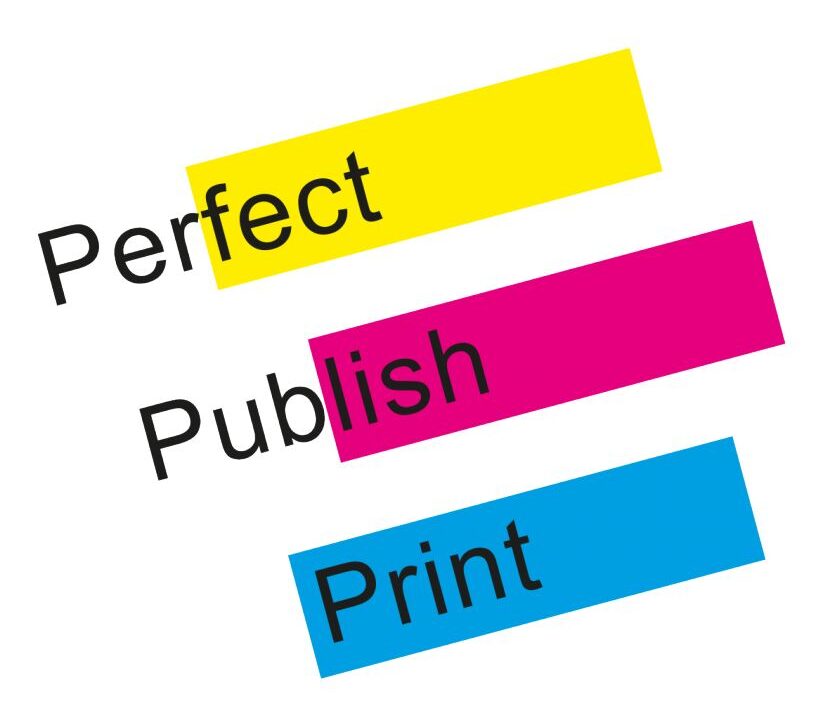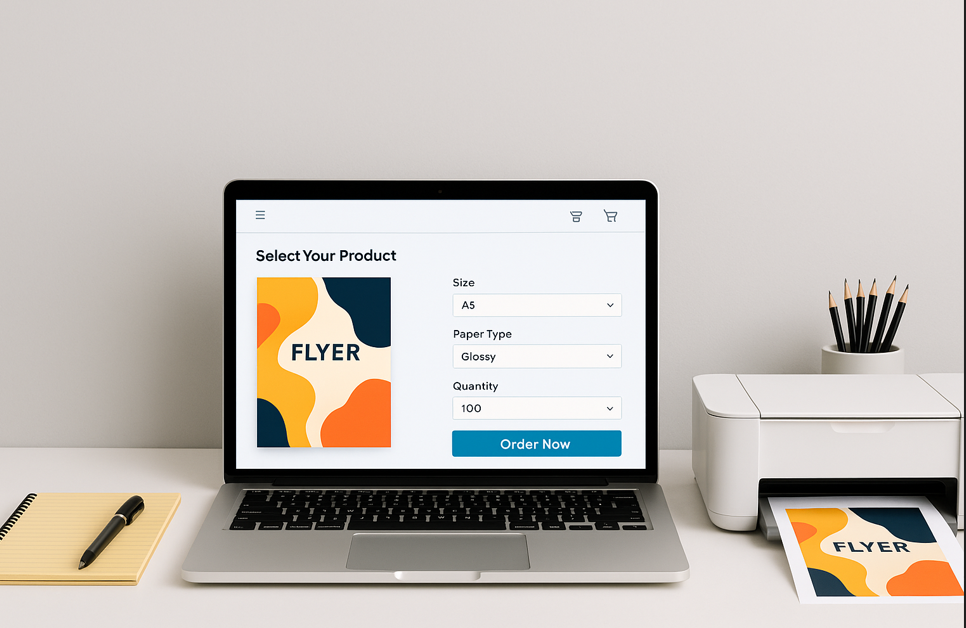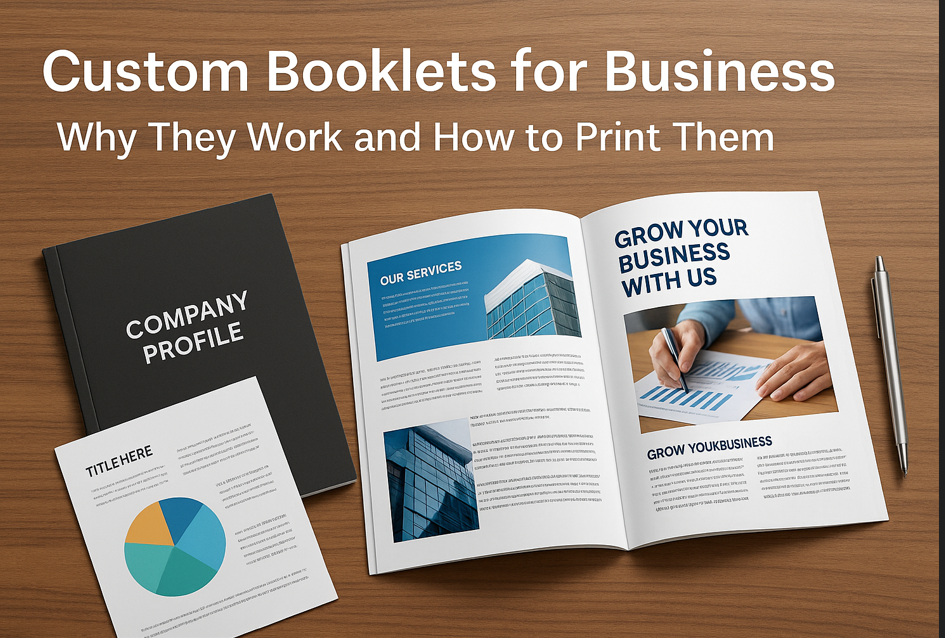Printing your first book is an exciting milestone—whether you’re an aspiring author, educator, entrepreneur, or artist. But before you hit “print,” there are several important factors to consider to ensure your book looks professional, meets your goals, and stays within budget. Here are the top 5 things you should think about before printing your first book.

1. Purpose and Audience
Start by clearly defining why you are printing the book and who it’s for. Is it for personal distribution, commercial sale, a training manual for your business, or a portfolio to showcase your work?
Understanding your purpose helps you make important decisions about format, length, style, and production volume. For example:
- A novel or memoir might suit paperback with a sleek matte cover.
- A workbook might require spiral binding for ease of use.
- A photography or art book will need high-quality paper and vivid color printing.
Knowing your audience will also influence the tone, design, and layout of your content.
2. Book Design and Layout
Good content deserves great presentation. Invest time in layout and design to make your book easy to read and visually appealing.
Design considerations include:
- Font choice and size (avoid overly decorative fonts)
- Line spacing and margins for readability
- Page numbers, headers, and footers
- High-resolution images and consistent formatting
Don’t forget the cover—it’s the first thing readers see. A professionally designed cover can significantly improve credibility and appeal.
If you’re unsure, consider hiring a graphic designer or using book design software like Adobe InDesign or Canva (for simpler projects).
3. Printing Format and Binding
The type of binding and format you choose should match the content and intended use.
Common binding options:
- Perfect binding (glued spine) – great for novels and reports
- Saddle stitch (stapled) – suitable for short booklets or magazines
- Spiral binding – ideal for workbooks and training guides
- Hardcover – best for premium publications, coffee table books, or children’s books
Standard sizes like A5 or A4 are most cost-efficient, but custom sizes are also possible if you want a unique look.
4. Budget and Print Quantity
Your budget will affect everything from paper quality to binding and color printing. Decide whether you want to do:
- Short-run digital printing (cost-effective for 10–500 copies)
- Bulk offset printing (more economical for 500+ copies)
Also factor in design costs, shipping, and potential reprints. It’s wise to print a small batch first, especially if you plan to make revisions after feedback.
5. Choosing the Right Printer
Not all printers are the same. Choose a printer that specializes in books and offers:
- Pre-press support (file checking, bleed setup)
- Sample proofing before full run
- Clear pricing with no hidden costs
- Reasonable turnaround times
Whether you’re printing locally in Singapore or using an online service, communication and quality assurance are key.
Conclusion
Printing your first book involves more than just submitting a PDF. From understanding your readers to making smart decisions about layout, materials, and print methods, each step plays a role in the final product. Taking the time to plan ahead will not only save you money—it will also ensure your first book is something you’re proud to share with the world.





